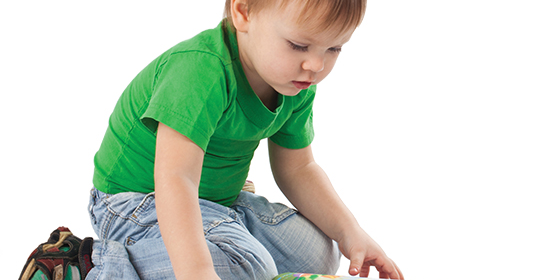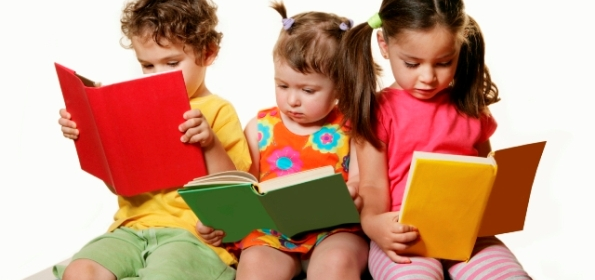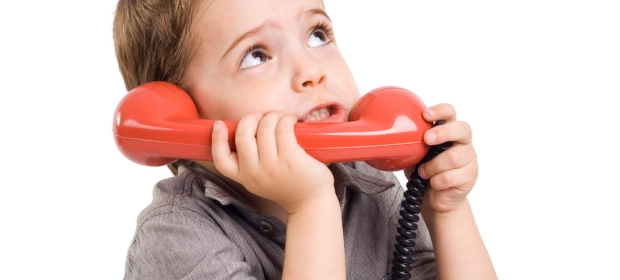Every child—with a learning disability or not—possesses their own unique learning style. Some can learn best with their eyes by seeing or reading, others with their ears by listening, and while others by doing. You can help a child with a learning disability by recognising his or her primary learning style.
Is your child a visual, an auditory, or a kinesthetic learner? Once you’ve learned your child’s learning style, then you can take steps to ensure that the learning style is promoted in their classroom and during home study. The following will help you identify what type of a learner your child is.
Is your child a visual learner?
If your child is a visual learner, he or she:
- Learns best by seeing or reading
- Excels when the material is presented and tested visually, rather as ver...





